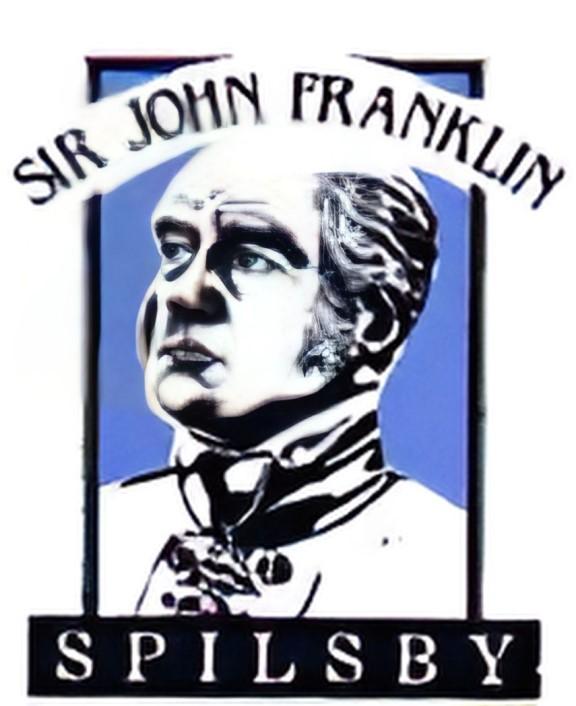Data Breach Policy 2024

Data Breach Policy 2024
Next review October 2026
Data Breach Policy
October 2024
Contents
1. Definition of GDPR
2. Consequences of a Personal Data Breach
3. Duty to Report a Breach
4. Data Processors Duty to Inform Spilsby Town Council
5. Records of Data Breaches
Contact Details:
Town Clerk
Franklin Hall
Halton Road
Spilsby
PE23 5LA
01790 753189
townclerk@spilsbytowncouncil.gov.uk
1. Definition of GDPR
a. GDPR defines a personal data breach as “a breach of security leading to accidental or unlawful destruction, loss, alteration, unauthorised disclosure of, or access to, personal data transmitted, stored or otherwise processed”. Examples include:
i. Access by an unauthorised third party
ii. Deliberate or accidental action (or inaction) by a controller or processor
iii. Sending personal data to an incorrect recipient
iv. Computing devices containing personal data being lost or stolen
v. Alteration of personal data without permission
vi. Loss of availability of personal data.
b. Spilsby Town Council takes the security of personal data seriously, computers are password protected and hard copy files are kept in locked cabinets.
2. Consequences of a Personal Data Breach
a. A breach of personal data may result in a loss of control of personal data, discrimination, identity theft or fraud, financial loss, damage to reputation, loss of confidentiality of personal data, damage to property or social disadvantage. Therefore, a breach, depending on the circumstances of the breach, can have a range of effects on individuals.
3. Duty to Report a Breach
a. If the data breach is likely to result in a risk to the rights and freedoms of the individual, the breach must be reported to the individual and the Information Commissioner’s Office (ICO) without undue delay and, where feasible, not later than 72 hours after having become aware of the breach. The Data Protection Officer (DPO) must be informed immediately so they are able to report the breach to the ICO in the 72-hour timeframe. If the ICO is not informed within 72 hours, Spilsby Town Council via the DPO must give reasons for the delay when they report the breach.
b. When notifying the ICO of a breach, Spilsby Town Council must:
i. Describe the nature of the breach including the categories and approximate number of data subjects concerned and the categories and approximate number of personal data records concerned
ii. Communicate the name and contact details of the DPO
iii. Describe the likely consequences of the breach
iv. Describe the measures taken or proposed to be taken to address the personal data breach including, measures to mitigate its possible adverse effects.
c. When notifying the individual affected by the breach, Spilsby Town Council must provide the individual with (ii)-(iv) above.
d. Spilsby Town Council will not need to communicate with an individual if the following applies:
i. It has implemented appropriate technical and organisational measures (i.e., Encryption) so those measures have rendered the personal data unintelligible to any person not authorised to access it;
ii. It has taken subsequent measures to ensure that the high risk to rights and freedoms of individuals is no longer likely to materialise, or
iii. It would involve a disproportionate effort
iv. However, the ICO must still be informed even if the above measures are in place.
v. To report a data breach, use the ICO online system: https://ico.org.uk/for-organisations/report-a-breach/
|
Version number |
Purpose/change |
Author |
Date |
|
0.1 |
Initial draft |
LSS |
06/03/18 |
|
|
|
|
|
|
|
|
|
|
|
|
|
|
|
4. Data Processors Duty to Inform Spilsby Town Council
a. If a data processor (e.g., payroll provider) becomes aware of a personal data breach, it must notify Spilsby Town Council without undue delay. It is then Spilsby Town Council’s responsibility to inform the ICO, it is not the data processors responsibility to notify the ICO.
5. Records of Data Breaches
a. All data breaches must be recorded whether or not they are reported to individuals. This record will help to identify system failures and should be used as a way to improve the security of personal data.
b. Record of Data Breaches
|
Date of breach |
Type of breach |
Number of individuals affected |
Date reported to ICO/individual |
Actions to prevent breach recurring |
|
|
|
|
|
|
|
|
|
|
|
|
|
|
|
|
|
|
|
|
|
|
|
|
|
|
|
|
|
|
